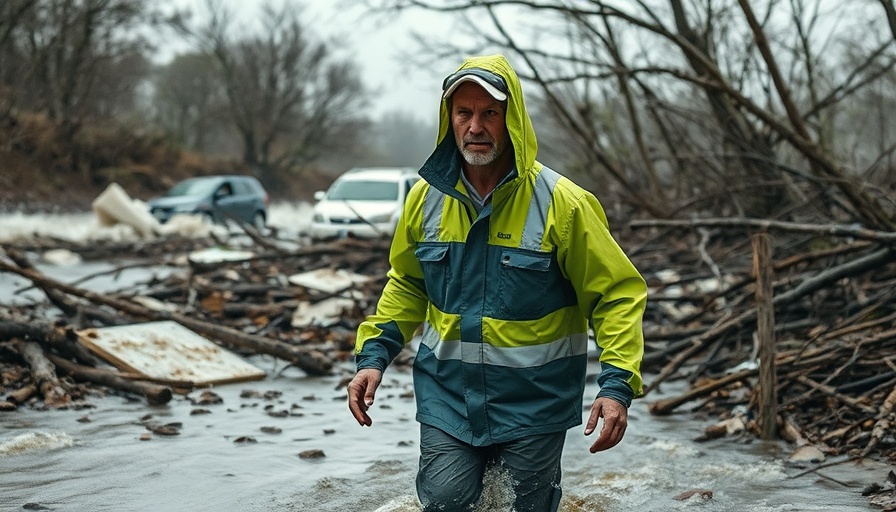
Tragic Flooding Ignites Call for Better Warning Systems
In the aftermath of a devastating flood that resulted in over 100 fatalities in Texas, serious questions have arisen regarding public safety protocols. The catastrophic event, which saw the Guadalupe River in Kerr County rise by an alarming 26 feet almost instantaneously, highlighted a disturbing absence of flood warning sirens despite nearly a decade of discussions about their implementation. The absence of these emergency sirens has left families grieving the loss of loved ones, especially as 27 children perished at Camp Mystic, a summer camp located dangerously close to the river.
Community Impact: A Collective Grief
As the search for the missing continues, the local community is grappling with a substantial loss. Parents and families are not only mourning their loved ones but are also asking critical questions. How could such a tragedy occur without adequate warning systems in place? Authorities, including Texas Lt. Gov. Dan Patrick, have been vocal about the glaring need for improvements to prevent future occurrences. “There should have been sirens here,” he lamented in an interview, underscoring the urgent need for an alert system.
A Decade of Discussions: Where Did It Go Wrong?
Records reveal that local authorities have been engaged in discussions regarding flood sirens for nearly ten years without any decision leading to actionable change. The delays and lack of urgency in establishing a reliable alert system have drawn criticism from both residents and officials. Observers are questioning what impacted these discussions—budgetary constraints, bureaucratic hurdles, or perhaps a sense of complacency towards potential natural disasters.
Lessons from Other Communities: A Comparative Look
To draw valuable lessons, we can look at other communities that have faced similar challenges. Coastal regions in states like California and Florida have established robust emergency warning systems to prepare for natural disasters. Their proactive measures, including loudspeaker systems, text alerts, and community drills, have drastically reduced casualties during emergencies. By examining their approaches, Kerr County could adopt more comprehensive emergency readiness plans that prioritize community safety, especially in flood-prone areas.
Actionable Insights: What Can Be Done Now?
In light of the tragic events, residents and local leaders must prioritize the implementation of a sound emergency alert system. Engaging the community in discussions about safety measures and organizing town hall meetings could serve as an essential step towards fostering public involvement in governance. Residents can also advocate for local policymakers to allocate funds for the installation of flood-warning systems, ensuring that their voices are heard in the realm of urban development and safety.
Future Predictions: Is It Too Late for Change?
As we navigate the aftermath of this disaster, the future of flood preparedness in Kerr County hinges on the decisions made in the coming weeks. With the potential for state lawmakers to convene a special session to address these issues, residents hope change is on the horizon. Legislative action could yield not only immediate funding solutions but also pave the way for future initiatives aimed at disaster preparedness.
The spotlight on Kerr County is more than just a call for sirens; it’s a plea to foster an environment where public safety is prioritized, where communities become resilient rather than reactive. As the cries for justice echo through the valley, so too does the need for a new societal commitment to ensuring that no one has to suffer through tragedy unprepared again.
 Add Row
Add Row  Add
Add 




 Add Row
Add Row  Add
Add 

Write A Comment